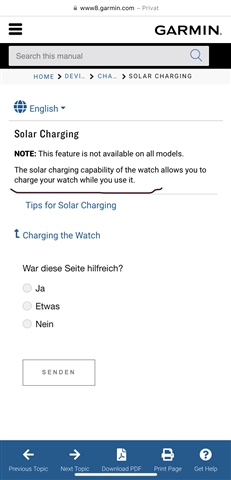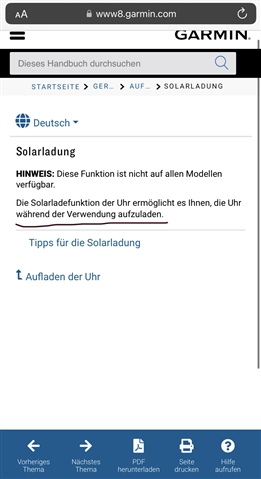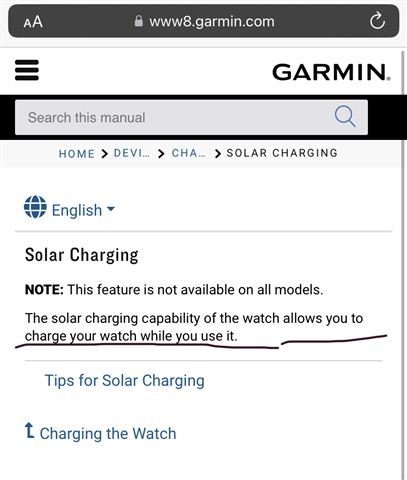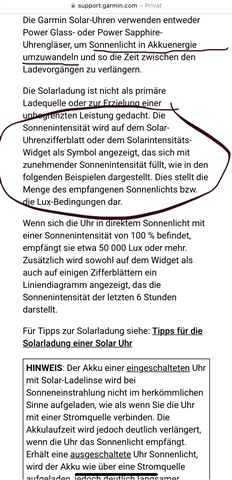Since I’ve got the watch I’ve tried every possible suggestion and test regarding solar.
have kept the watch in sun for hrs, restarted as some forum suggested. But have not seen any battery % or any battery estimate changing.
it’s very disappointing to know that I trusted the brand and its marketing and fell in the solar trap.
Casio : a dead watch in solar charges.
Instinct : I don’t own it, but I’ve seen a video where it charged by solar and showed some % increase
I’ve tried to disable all sensors n kept it only in watch mode and tried to give it hours of sun as well. But still no luck.
is there something I’m missing or solar is just a gimmick?
don’t see any update or mention in 10.43 as well.
thank you







